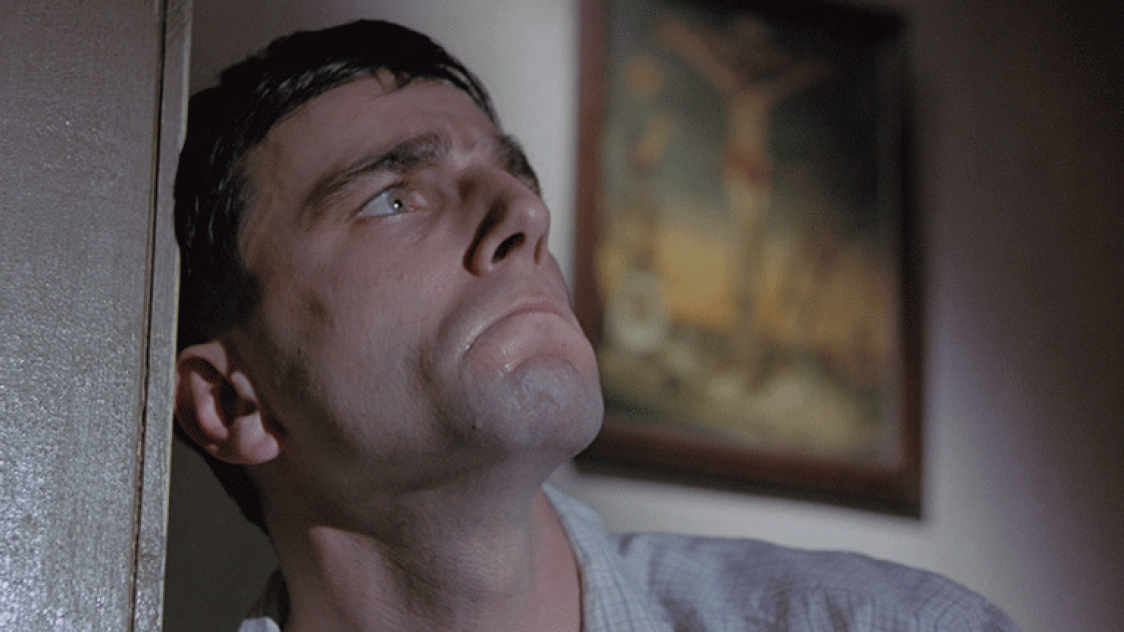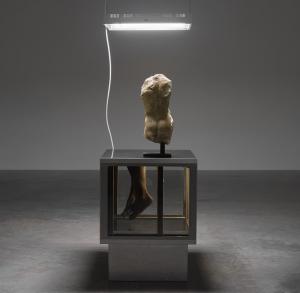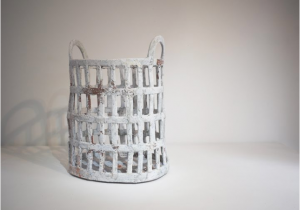TWO APPROACHES TO IRISH CINEMA
By LYNNE NOLAN
Romantic representations of Ireland can be described as fictional accounts which are typically based in the West and strive to be propagandist in their evocations of a land fostering the beliefs of the Cultural and Literary Revival, emphasising the pastoral and portraying an idyllic landscape; both physical and of the mind.
In Circle of Friends, Benny is living in Knocklen, yet her friends, family and neighbours share experiences with those of the Brown family in Dublin, in My Left Foot. Circle of Friends, an adaptation of Maeve Binchy’s novel of the same name begins in 1949 with close friends Benny, Eve and Nan making their confirmation at church. My Left Foot is the story of Christy Brown, born into a poor working class family in Dublin in 1932, who overcame severe physical disability to become an acclaimed artist and writer.
The legacy of the past, the idealisation of the landscape and the primacy of the family and community are prominent themes in Irish cinema. Postcard Ireland which appears in the opening of both films gives the impression the viewer will be engaged in a tour of the wealth of nature in the countryside and attractions of the city.
Circle of Friends conveys many of the elements of WB Yeats’ evocation of an ancestral ‘romantic Ireland,’ a prototype of compensatory nationalist re-creation. Yeats strove to uphold the artifice of nostalgia, to reawaken imaginative life, to present a utopian past of peasants and warriors.
The parents in Irish film are often personifications of social commentary and the opportunities permitted to younger generations. Christy Brown is born with cerebral palsy into a poor Irish family and is severely disabled and disfigured as a young boy. It is his father’s initial reaction and the reaction of local people to the news of his birth and how they treat him which offers an image of the narrow-mindedness which are traits standing in contrast to the ‘Land of the Thousand Welcomes’ image.
Circle of Friends contrives to follow Romantic conventions yet subverts this dramatically by revealing the cracks in the rural paradise and the hypocrisies within the patriarchal, Catholic community. The Brown family live without comforts yet their happiness as a family is obvious in the beautiful scenes when he is wheeled down the street in a wooden wheelbarrow, when his family come together to build a room in the garden for his painting, and their sense of togetherness when the children sit together doing their homework.
Religion becomes a complex issue. The issue of faith in god and the belief in his agency is treated more seriously in My Left Foot, particularly during Christy and his mother’s visit to the Church. She tells him poignantly about All Soul’s Night, and the procedure of lighting a candle, then reciting five Hail Mary’s, five Our Father’s and five Glory Be’s. She tells him this causes the soul to fly from the flames of purgatory and up to Heaven, and that if the family cannot understand him then God can.
Ironically, Circle of Friends, as a Romantic representation, parodies the church, especially the constraint of having sex before marriage being frowned upon as a sin in their community.
Circle of Friends bears striking similarities to James Joyce’s novel, A Portrait of the Artist as a Young Man. The film’s female protagonist Benny, like Joyce’s character Stephen Dedalus, views Ireland as a kind of trap, a restraint that will make it impossible for her to live and create. Despite fears, both Stephen and Benny choose to live independently, even if that decision sends them to hell. Benny finds release when she starts at Trinity College, and the shot of her leaving on the bus from Knocklen conveys her departure from the tranquillity and monotony and her entering of the catharsis of the hustle and bustle of the metropolitan centre.
Circle of Friends is realist in that rather than concentrating on the resurgence of lost traditions and heritage which most films which begin in the 1940’s would do, it releases the voices of the three main female characters; Nan, Eve and Benny, allowing them to have their own opinions for once, after the years of repression by their suffocating home lives.
The archetypal Irish mother in film, often a widow and called upon as a provider, is deployed in both films, when the fathers die of sudden heart attacks. Christy’s mother appears to be constantly framed in the film as she carries out domestic chores, and carrying her son around on her shoulder until she is breathless. Like Frank’s experiences of living in Limerick in Angela’s Ashes, Christy’s family confront similar obstacles. Christy’s mother has lost children at a young age, her husband drinks heavily, the family eat porridge for dinner and she’s forced to hide money inside the fireplace to save for his wheelchair.
The themes of the films are concentrated upon by the operation of a series of binary oppositions to convey how changing location can also change the standard of life, the adherence to morals and values, and ultimately people’s attitudes. During a scene in which the Brown family are arriving by chauffeur driven cars to a benefit concert, well-dressed children are shown sitting on the grass watching a Punch and Judy puppet show. In the next scene, the camera pans along the walls and ceiling, showing elaborate paintings and a lavish interior. There are echoes of Angela’s Ashes as the family appear in awe of their surroundings, looking anxiously out of place, the setting being in stark contrast to their dilapidated home and meagre existence.
One important afterthought after viewing these films is the possibility to identify with a character, whether this is a member of the Brown family or the Knocklen community. It serves as a reminder that identification can occur in Realist and Romanticist films. There is a sense of paralysis in both films. Jim Sheridan’s gritty realism in My Left Foot convinces us of this Daniel Day Lewis’ character’s struggle to be free to be artistic and express himself; his disability constrains him, just as Benny’s country life prevents her from enjoying the excitement and entertainment of Dublin city.
Both films follow Tzvetan Bodorov’s structure of narrative: equilibrium, disequilibrium and equilibrium. My Left Foot makes use of classic bio-pic narrative devices, the flashback and the flash-forward. The closing scene of My Left Foot conveys the complexity in realist representations. Although Christy has suffered growing up, there is still an affinity with the city, as they agree, ‘Let’s Drink to Dublin.’
At the opening of Circle of Friends, Benny, lovable and forever blighted by a lack of self confidence, tells us in a voice-over amidst shots of Benny’s Holy Communion, bridges, rivers and natural scenery that, ‘In Ireland people have very long memories. Before I was born the whole country had been ruled by heathen invaders – Vikings, Normans, even the English.’ The story which continues is fictional, unlike Christy’s, a true story. Yet both are very much the same.
The viewer is captured by narratives involving raw emotion, wonderful acting, tales of lived experience in Ireland, and is touched by the vulnerability of the central characters, having been catapulted into feelings of happiness, sadness and disbelief as they follow their rocky roads, called life.





